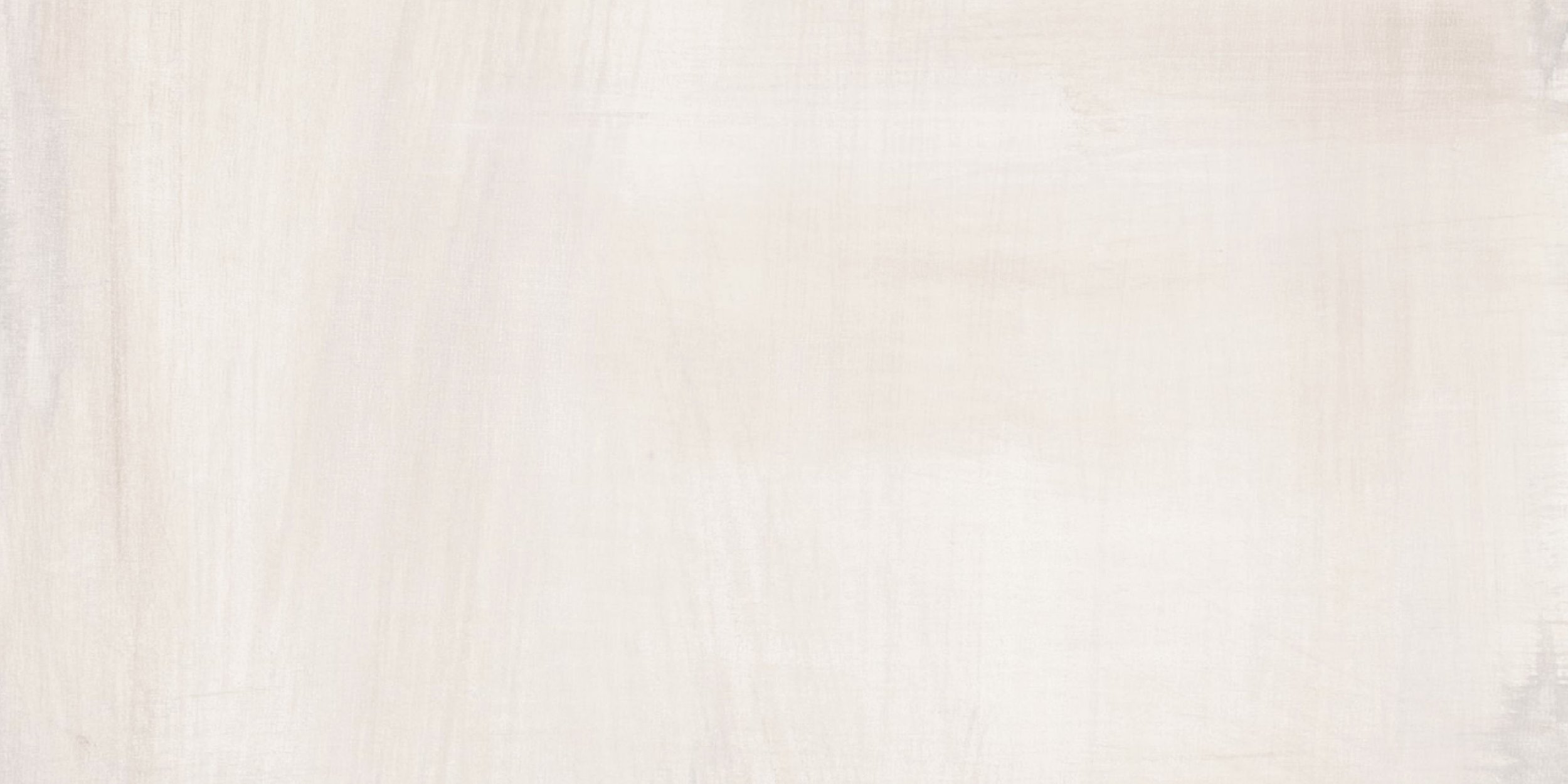

Mexican hammocks are handwoven in the homes of the Mayan Indians of Yucatan, Northeastern Mexico.
The design has been refined and perfected over 2000 years with the craft passed from one generation to the next. Each hammock is unique (though ours follow colour patterns) and entirely handmade.
Mexican hammocks were first introduced to Europe in the 15th century by Christopher Columbus. Columbus had a narrow version of the hammock made for his return voyage to Spain and the sailors slept lengthways instead of across them. This gave rise to a misconception that has lasted to this day.
The first hammocks were made from the bark of trees but quite soon sisal (from the Henequen plant) was used. It grows naturally in the Yucatan and the fibre gets its name from the port it was exported from, mainly in the form of rope.
Mayan hammocks are now woven from either cotton or nylon (polypropylene).
Cotton is more comfortable, cool and soft and is the most popular. Nylon is not as soft but can withstand humidity and direct sunlight better.
The suspension arms (or end strings) are always made of nylon for strength.
Most of the population of Yucatan still sleep in hammocks because they are cooler than mattresses and they are easily removed during the day to free up precious space in the home. So hammocks are part of the indigenous culture and are an everyday piece of furniture.
Some hotels provide rooms with hooks on the walls for hammocks and there are also public gazebos with hooks also, just BYO hammock.

The importing of Mexican hammocks guarantees work for the indigenous Mayan Indians.
The majority of the Mayans are farmers and hammock weaving provides an important part of their income and preserves village life. In the Yucatan women are the main producers of hammocks.
They usually work from home on a large upright loom in between caring for their kids and extended family. Their conditions are way better than working in factories or in the fields. Here they can work at their own pace. Some work on the beach, usually those artisans who are attaching the end strings and the hanging loop.
They are like small entrepreneurs though they do not have to invest any money. They receive the materials and are paid when the hammock is finished.
We source our hammocks from a Brisbane based Yucatan person.
She grew up using hammocks and regularly returns home to organize the weaving, quality control and shipping of these hammocks to you and I, thank heavens!!







